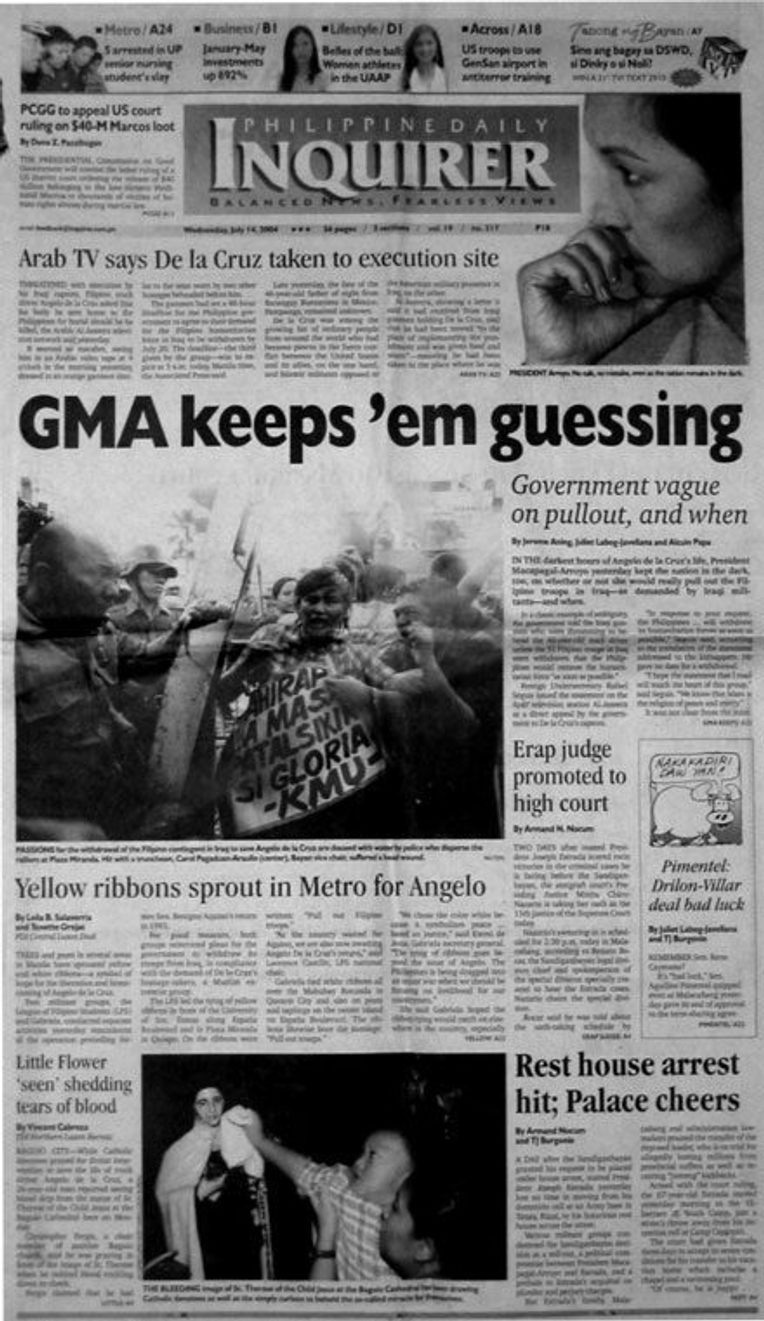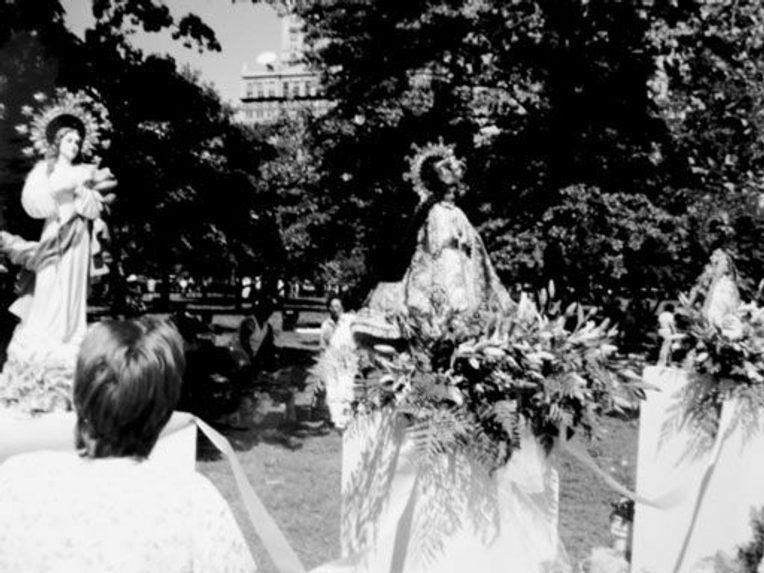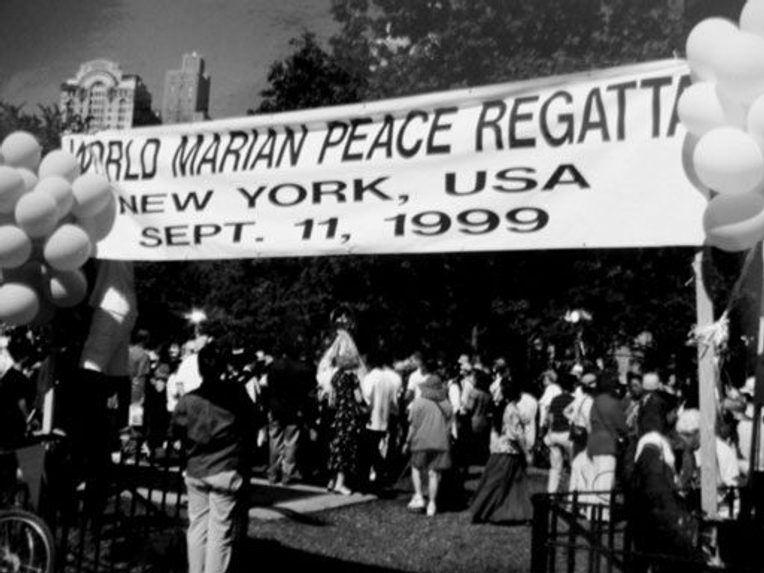This post builds on the research article “Coincidence and Consequence: Marianism and the Mass Media in the Global Philippines,” which was published in the August 2009 issue of the Society’s peer-reviewed journal, Cultural Anthropology.
Editorial Footnotes
Cultural Anthropology has published other essays on Phillipinos in diaspora. See Lieba Faier's "Runaway Stories: The Underground Micromovements of Filipina Oyomesan in Rural Japan" (2008) and Nicole Constable's "At Home but Not at Home: Filipina Narratives of Ambivalent Returns" (1999).
Cultural Anthropology has also published many essays on religion. See particularly Omri Elisha's "Moral Ambitions of Grace: The Paradox of Compassion and Accountability in Evangelical Faith-Based Activism" (2008), Brian Silverstein's "Disciplines of Presence in Modern Turkey: Discourse, Companionship, and the Mass Mediation of Islamic Practice" (2008) Todd Ochoa's "Versions of the Dead: Kalunga, Cuban-Kongo Materiality, and Ethnography" (2007) and Anne Meneley's "Fashions and Fundamentalisms in Fin-de-Siécle Yemen: Chador Barbie and Islamic Socks" (2007).
Multimedia



Questions for Classroom Discussion
1. What does de la Cruz mean by the 'global Philippines'?
2. What role does spectacle play in mediation?
3. What is the role of media in religious experience?
4. What role did the media have in Arroyo's decision to pull out of Iraq?
5. How can Marianism mediate between geographically dispersed Filipinos?
Related Readings
Constable, Nicole (1999) - At Home but Not at Home: Filipina Narratives of Ambivalent Returns. Cultural Anthropology 14(2): 203-228.
Elisha, Omri (2008) - Moral Ambitions of Grace: The Paradox of Compassion and Accountability in Evangelical Faith-Based Activism. Cultural Anthropology 23(1): 154-189.
Faier, Lieba (2008) - Runaway Stories: The Underground Micromovements of Filipina Oyomesan in Rural Japan. Cultural Anthropology 23(4): 630-659.
Meneley, Michael (2007) Fashions and Fundamentalisms in Fin-de-Siécle Yemen: Chador Barbie and Islamic Socks. Cultural Anthropology 22(2): 214-243.
Ochoa, Todd (2001) - Versions of the Dead: Kalunga, Cuban-Kongo Materiality, and Ethnography. Cultural Anthropology 22(4): 473-500.
Silverstein, Brian (2005) - Disciplines of Presence in Modern Turkey: Discourse, Companionship, and the Mass Mediation of Islamic Practice. Cultural Anthropology23(1): 118-153.
Editorial Overview
In the August, 2009 issue of Cultural Anthropology, Deirdre de la Cruz examines several events involving Filipinos, organized around the convergence of religious mediation practices and mass media technologies. The essay focuses on an ethnography of a festival celebrating the Virgin Mary's birthday in New York City, as framed by a hostage situation involving a Filipino worker in Iraq. Through what de la Cruz describes as an extraordinary coincidence, which involved a sighting of a bleeding statue of Mary, the two events converged through concurrent media coverage and appeals for divine intervention.
Both events, de la Cruz argues, are drawn together by similar imaginaries of the global Philippines, rooted in a shared history of transnational movement but divergent in their treatment of socioeconomic status and physical vulnerability. Using Filipino Marianism as a lens to understand the ties between religious and technological mediation, de la Cruz examines how intermedial relationships are implicated in the generation of class-inflected interpretations of crisis and danger.